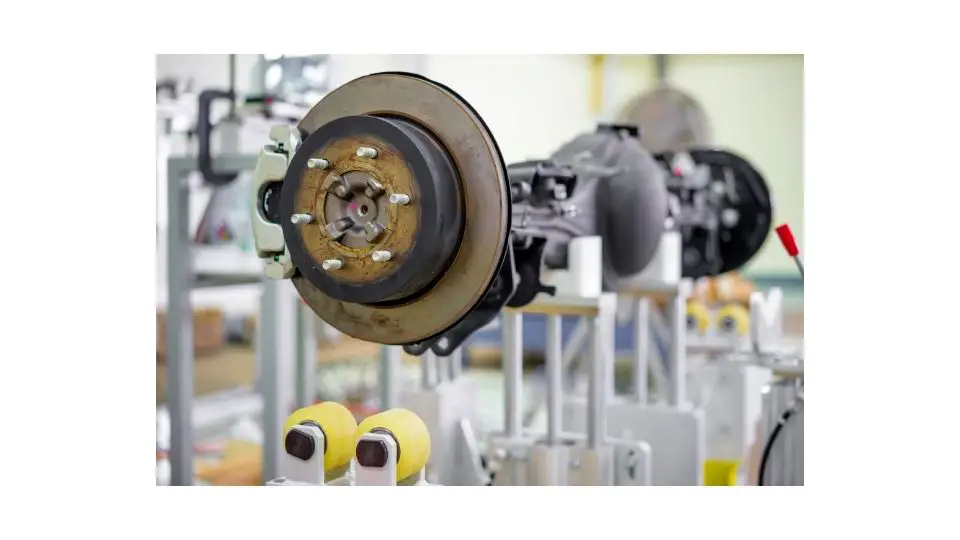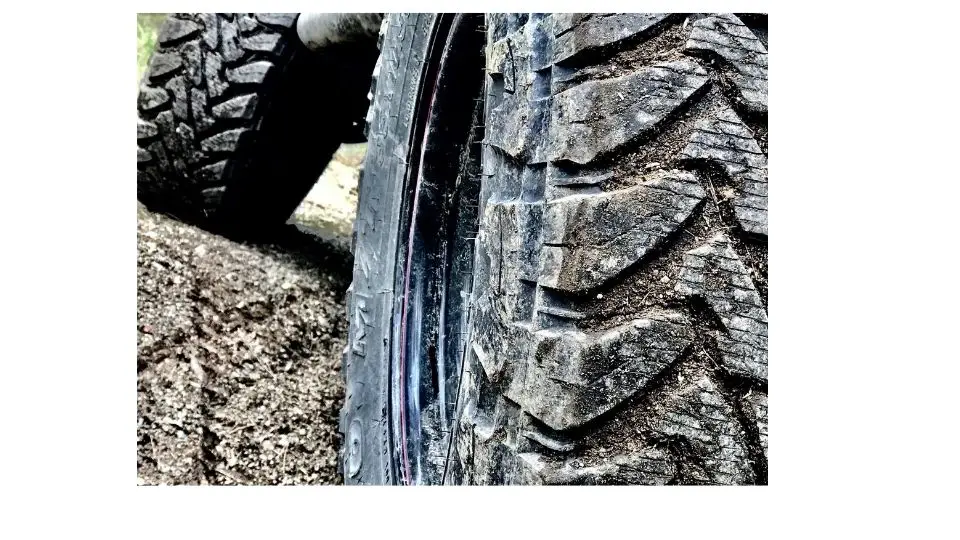Jeeps are a popular vehicle for off-roading. They are easy to maneuver and thanks to their powerful engines, they can venture almost anywhere. However, for the Jeep to truly shine in off-road driving, you must check its tire pressure regularly.
In the rest of this blog post, I will explain what “service tire pressure system” mean on your jeep and why you need to keep your jeep’s tire pressure system under control. Keep reading.
What is a Tire Pressure System?
A tire pressure monitoring system, or TPMS, is a technology that alerts you when your tires are underinflated. It works by monitoring the air pressure in each tire and sending it to a vehicle’s computer. The computer then alerts you if one or more tires drop below the recommended level.
Your vehicle may have other systems that monitor tire pressure as well. For example, some vehicles have a low tire pressure warning light on the dash. This light will come on if any of your tires have less than 25% of its recommended air pressure.
What does “service tire pressure system” mean on a Jeep?
The service tire pressure system is a warning light that comes on when your Jeep’s TPMS sensors are not working correctly.
The TPMS sensors are located inside each wheel, and they monitor tire pressure and temperature. They send this information to the Jeep’s computer, which then displays a message on the windshield.
If this light comes on, you will need to have your vehicle inspected by a professional mechanic as soon as possible.
What causes the service tire pressure system on a Jeep?
There are a number of potential causes for the Service Tire Pressure System message on your dashboard.
- The most common cause is a flat tire. While you can drive around with one flat tire, it’s not safe to do so. You should have the flat tire repaired as soon as possible to avoid further damage to your Jeep.
- Another potential cause for this message could be a problem with your TPMS sensors, which are used by your Jeep to monitor the pressure in the tires. If these sensors are not working properly, it can cause this message to appear on your dashboard.
- If you’ve changed one of your tires or wheels, make sure to reset the TPMS, this can also trigger the TPMS light.
If you’re still experiencing this issue after fixing the problems above, we recommend taking your vehicle to a dealership or mechanic for diagnosis and repair.
How do you reset the tire pressure monitoring system on a Jeep?
If you’re driving a vehicle equipped with TPMS, it’s important to know how to reset the system. To rest the tire pressure monitoring system follow the step below:
1. Make sure that all tires have an air pressure reading of at least 25 psi (pounds per square inch).
2. Turn on the vehicle if your car is still running.
3. Press and hold the TPMS reset button for 10 seconds or until the TPMS indicator light blinks three times (once a second).
The TPMS is now reset and ready for use again.
How do I service my tire pressure monitoring system?
Here are some tips for how to service your tire pressure monitoring system:
Check your tires for damage and wear. Inspect the tread for cracks, bulges, or uneven wear. Check the sidewall for damage. If you see any of these, get a new tire before driving on it again.
Check your tires’ air pressure at least once a month, if not more often. Deflate one tire at a time (not all at once) to check its pressure.
When checking your tire pressure, use an accurate gauge and make sure it’s reading correctly before you start filling up air. You should also check the temperature of the outside air if you’re using a portable gauge if it’s too cold or too hot, the readings may not be accurate.
If your vehicle has TPMS sensors in each wheel well and they’re covered by snow or ice, it may be hard for them to send signals back to your car’s computer; this can cause false alarms with some TPMS systems.
How much does it cost to service the tire pressure system?
It depends on the type of Jeep, but most Jeep models will cost between $30 and $50 to have the tire pressure system serviced.
Tire pressure monitoring systems (TPMS) are becoming more standard in new cars and trucks, so if you own a newer vehicle, you’re likely to have one. If not, it’s still worth checking as some older models also come equipped with TPMS.
Additional Sources:
https://getjerry.com/questions/how-much-does-it-cost-to-fix-a-tire-pressure-sensor.





